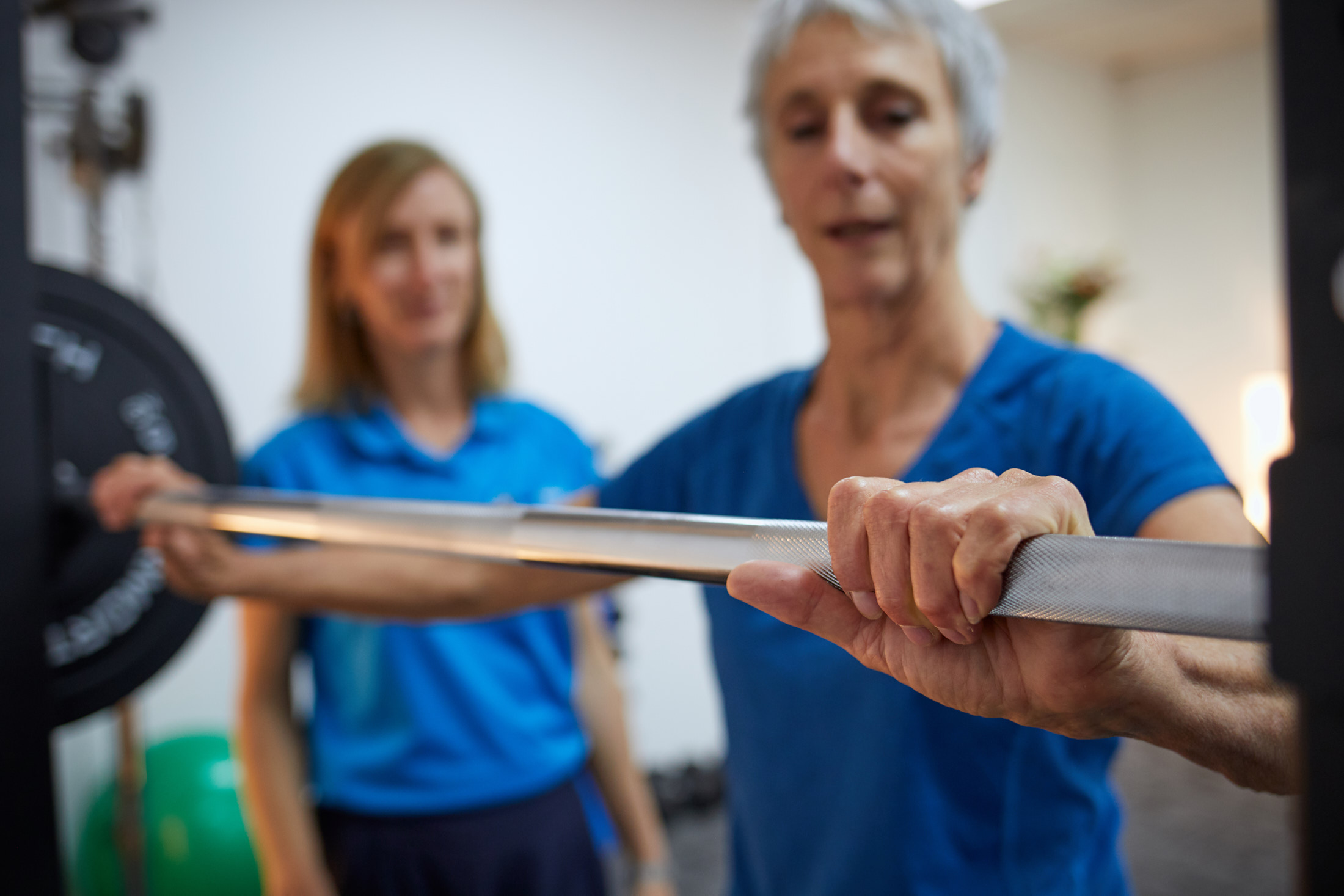What do the core and the pelvic floor have in common?
Well, they are actually one in the same. The pelvic floor is a part of the core, essentially it is the “floor of the core”. It is a multilayered group of muscles that co-contract and relax along with the rest of the core muscles to help us during every moment of our lives.
The main functions of the pelvic floor include:
-
Maintenance of continence (voluntary control of urination and defecation)
-
Intimacy and birth
-
Support for pelvic organs
-
Maintenance of optimal intra- abdominal pressure.
Problems with pelvic floor or pelvic floor dysfunction (PFD), is not discussed as openly as other body parts and conditions, even amongst women who experience impactful symptoms. This is likely because many of the functions (and dysfunctions) of the pelvis happen behind closed doors.
Despite the lack of conversation, pelvic floor dysfunction (PFD) is surprisingly common. In fact, half of Australian women experience some form of PFD at one point in their life. This means that if you are experiencing symptoms of PFD, you are far from alone. An important consideration is that just because something is common, does not mean that it is normal. The good news is, there are ways to get back to normal pelvic floor function. There are also things we can do to prevent dysfunction from happening in the first place.
What is pelvic floor dysfunction?
Pelvic Floor Dysfunction (PFD) is a disruption of the pelvic floor muscle’s ability to contract or relax due to limited strength or range of motion, or a breakdown in communication between the nervous system and the muscles.
Some common PFD conditions include:
-
Urinary Incontinence
-
Fecal Incontinence
-
Pelvic Pain
-
Pelvic Organ Prolapse
-
Painful intercourse
-
Constipation
Regardless of the symptoms you are experiencing, At Next Wave Therapy, our goal is not to find out “What’s the matter with you”, instead we want to learn “What matters to you”, and most importantly, how can we help you thrive. The symptoms of PFD may be impacting your ability to do your valued and meaningful activities. The names of the conditions are much less important than the impact they have on your day to day life- what an Occupational Therapist (OT) would call your “Occupational Performance”.
Impact on Occupational Performance
Are you wondering if your pelvic floor symptoms are affecting your life? These are just a few examples of how PFD symptoms commonly impact occupational performance:
-
Lack of desire to exercise due to fear of leaking. Would you believe that urinary incontinence impacts 1 in 2 women’s ability to exercise?
-
Not picking up your children because of fear of worsening prolapse symptoms.
-
Inability to sit during work because of persistent pelvic pain.
-
Becoming isolated and avoiding engagement in valued activities because of urge incontinence.
Working towards your pelvic health goals
Occupational Therapy
OT’s use a whole person, biopsychosocial approach. This means that we consider the interactions between the biological, psychological, and sociological factors that influence our experience. Just with any other persistent condition (ie; low back pain), there are many other factors that contribute to each individual’s experience with pelvic floor dysfunction. This is why we will explore all the areas in your life that may be impacted, as well as the potential contributing factors, for example, we will look at:
-
Biological factors: How are you sleeping, what is your nutrition like, how is your strength and range of motion, what is your posture like during your daily activities.
-
Psychological factors: What are your thoughts and beliefs about your condition, how is your mood and motivation, what are your goals.
-
Social factors: What are the stressors in your life, past experiences and coping strategies, are there cultural or spiritual considerations, what does your work and living environment look like.
Each of these categories interact with each other and are affected by who we are as a whole person. There is no one size fits all for treatment and prevention of pelvic floor dysfunction.
An initial assessment will involve an informal conversation about what is going on in your life. We will become detectives and unpack the challenges that you are facing. We may complete a questionnaire about your bladder, bowel, and sexual health to identify problem areas. There will likely be some education on the anatomy and functions of the pelvic floor muscles and we may also perform a non- invasive biofeedback approach using ultrasound to see if your pelvic floor muscles are performing their job.
Depending on your needs, your OT sessions will address self-care and self management strategies: this may include behavioral change, mindfulness, breath work and relaxation, acceptance and commitment therapy frameworks, or cognitive behavioral therapy frameworks
Pelvic floor training and Pilates
Depending on what we find during the OT assessment, your treatment plan will likely include:
-
Pelvic floor muscle awareness and training: pelvic floor muscles are just like any other muscle, they can be trained to contract and relax with varying degrees of force and time.
-
Pilates: once you understand how to contract and relax the pelvic floor muscles, this will be incorporated into a private one on one Pilates class. In combination with breath work, you will be guided through reformer exercises and mat exercises that you can perform at home on your own. Additional benefits- Pilates will help to improve posture, strength, and range of motion which will positively affect all areas of your life.
-
Transfer pelvic floor skills into daily activity: incorporation of your pelvic floor muscle awareness and training into everyday activities, like picking up groceries, pushing or pulling a stroller, etc. Our aim in creating a healthy pelvic floor is to contract the muscles to meet the demands of the activity, and to relax when needed as well.
-
Consistent practice: Working towards a strong core and healthy pelvic floor is not instant. You will start to feel stronger overall from Pilates, but you will need consistent practice to see lasting results.
If you have any concerns about pelvic health, or are simply unsure if this is something you should be focusing on, a pelvic health check or initial consultation is a good starting point. It is never too late, or too early, to start prioritizing your pelvic health. Most importantly, remember you are not alone in your experience and in your journey towards a healthy pelvic floor.
Consult with Carleen Ginter (Occupational Therapist and Clinical Pilates Instructor) for pelvic floor health. Individual or Semi-Private Pilates sessions focus on pelvic floor strengthening, core strengthening and overall strength depending on your goals. Classes are a great opportunity to focus on your personal health goals, and meet other women who may share similar challenges and goals.






